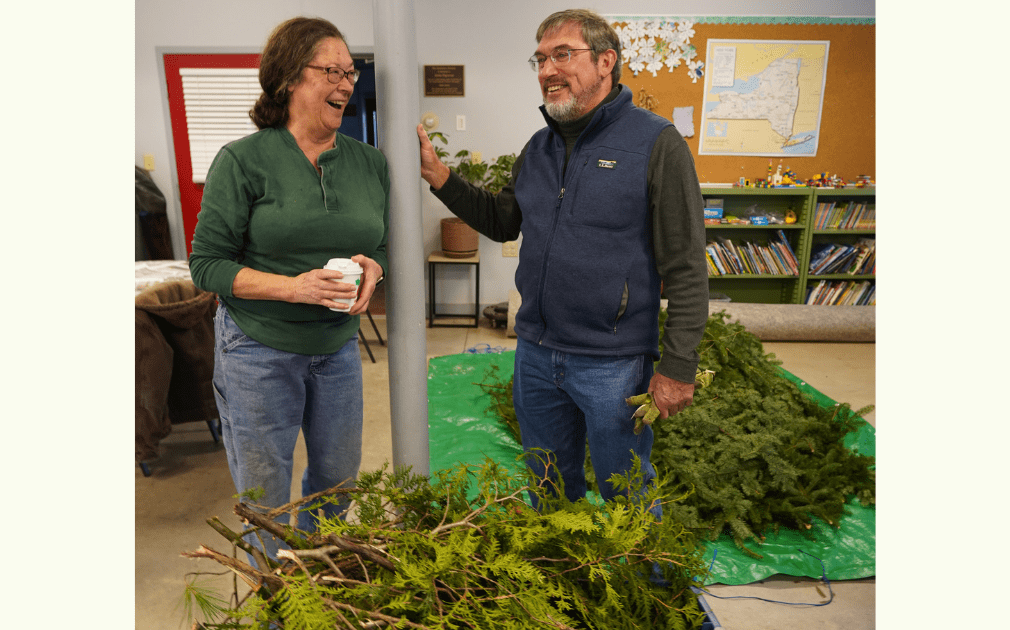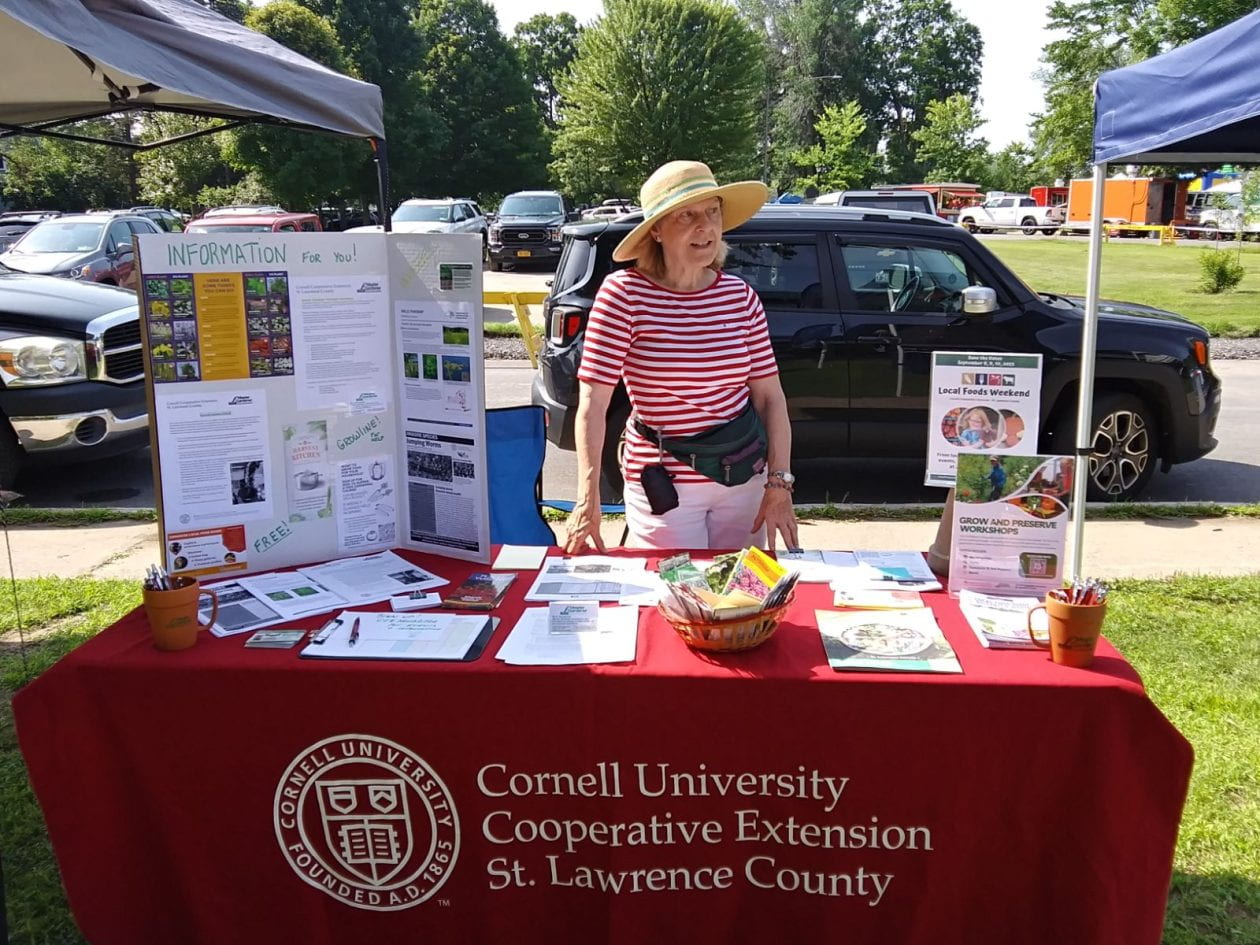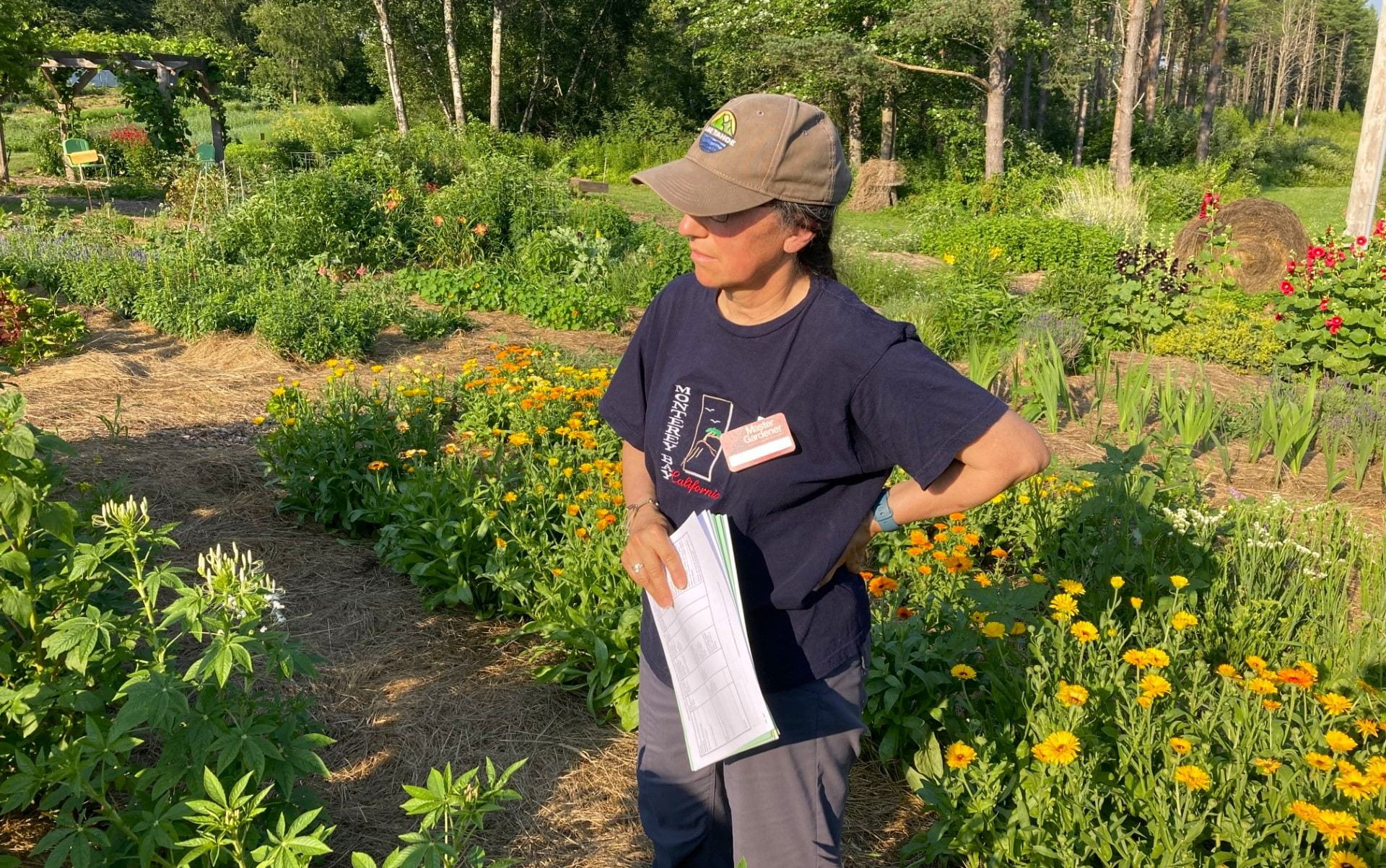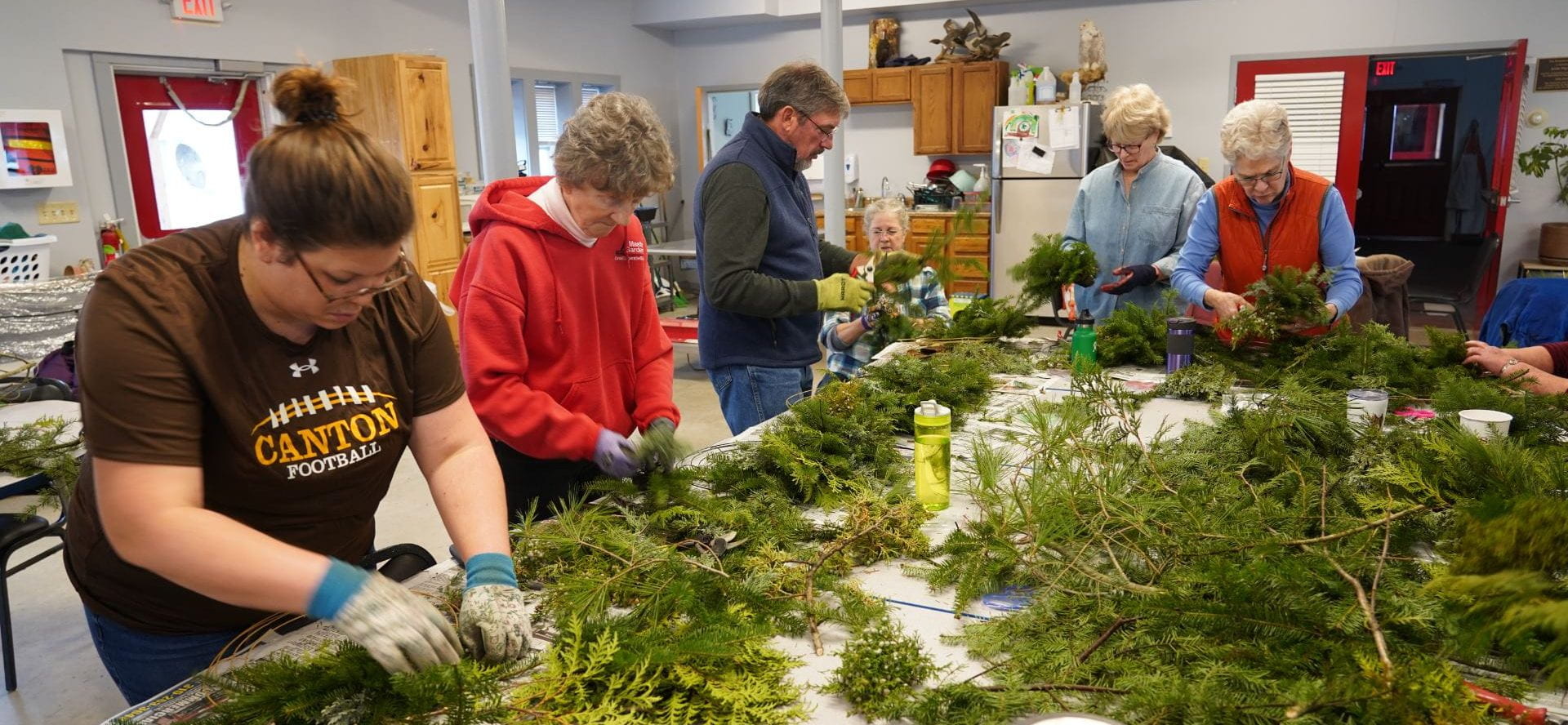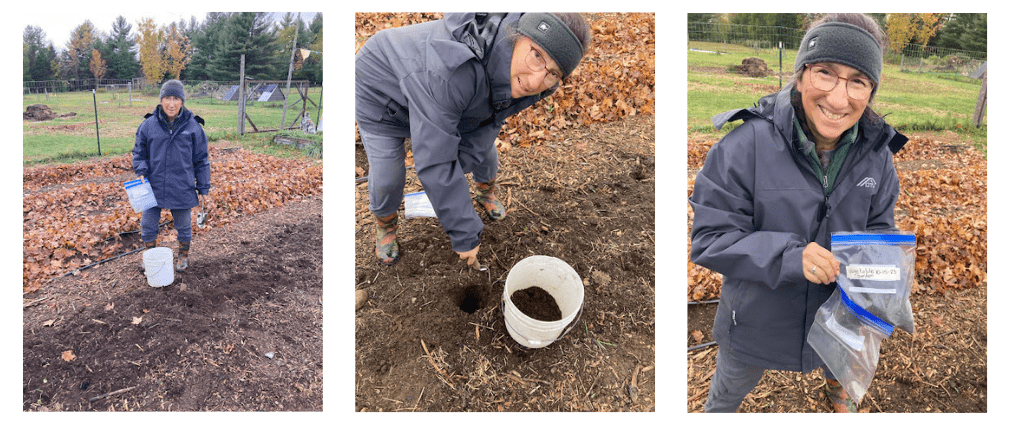How did you come to be a gardener?
I had the privilege of being raised on a working dairy farm. My father raised most of the forage and also had a large vegetable garden. My mother devised many creative incentives to entice us to help in the garden, but they were never quite worth it… to this day, I deeply abhor a long handled hoe! My brother Joe threatened to turn my dad in for “transporting toxic waste” (garden produce). I wanted to call in an airstrike to vaporize the plot! Then, somewhere in my 30’s, a miracle occurred! I found I loved working the dirt and growing plants.
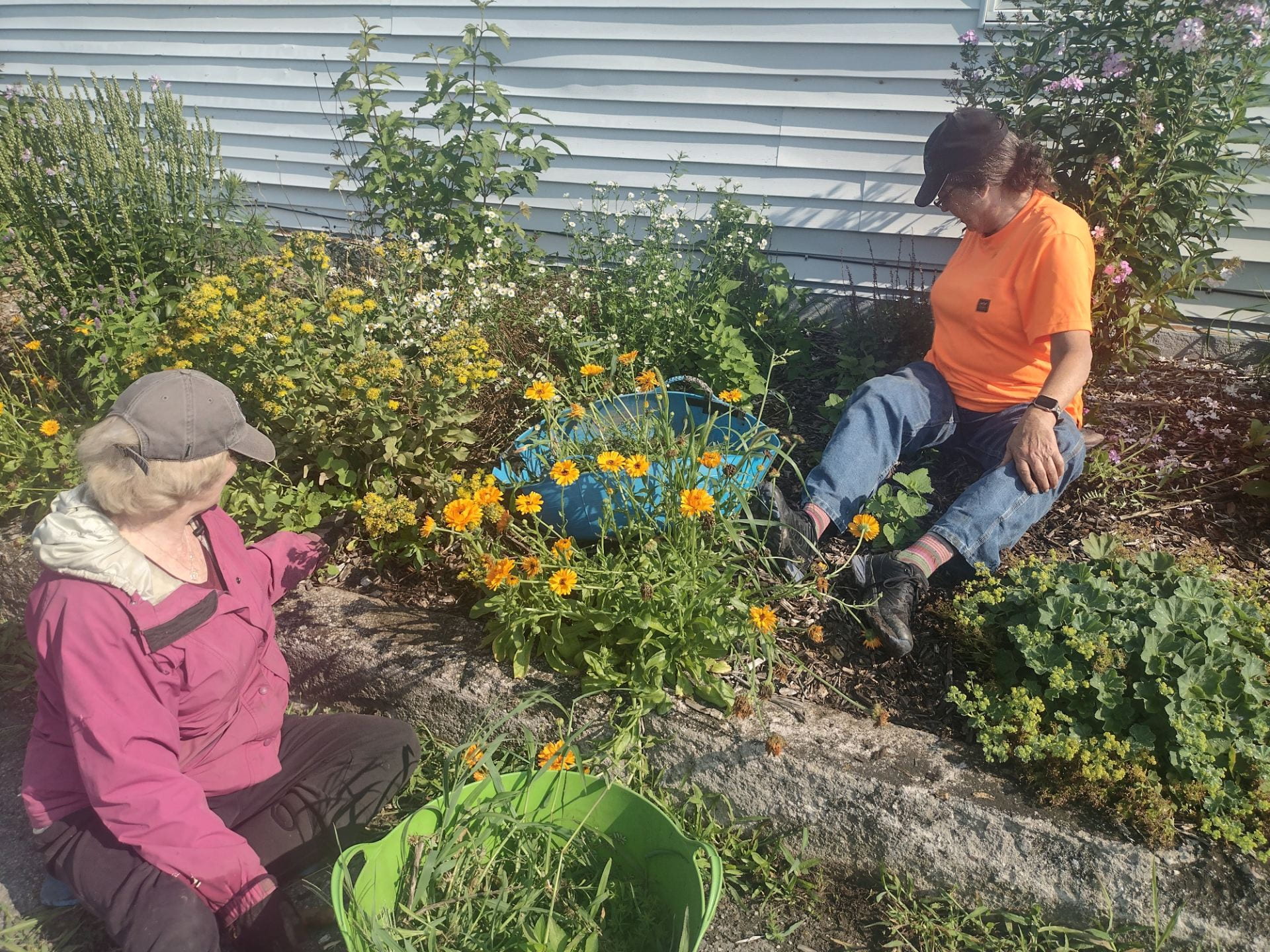
What is a unique project or endeavor you’ve taken on in your garden?
My gardening friends like to tease me about my love for heavy equipment. When I was learning to run the mini excavator, I started in the garden. It was a nice big “safe” space to learn to handle the controls! My joke is that I weeded the garden with an excavator!
What benefits do you gain from gardening?
Dr. Chris Lowry, from Bristol University in the UK, has published interesting research on a non pathogenic soil bacterium called Mycobacterium vaccae. Gardeners encounter it while working with the soil, and it triggers an immune response. This response increases serotonin production, which elevates mood, and decreases stress and anxiety. To put it simply: working in the dirt makes you happy. Read more Meet Laurie Gilbert-Smiley, Master Gardener Volunteer
